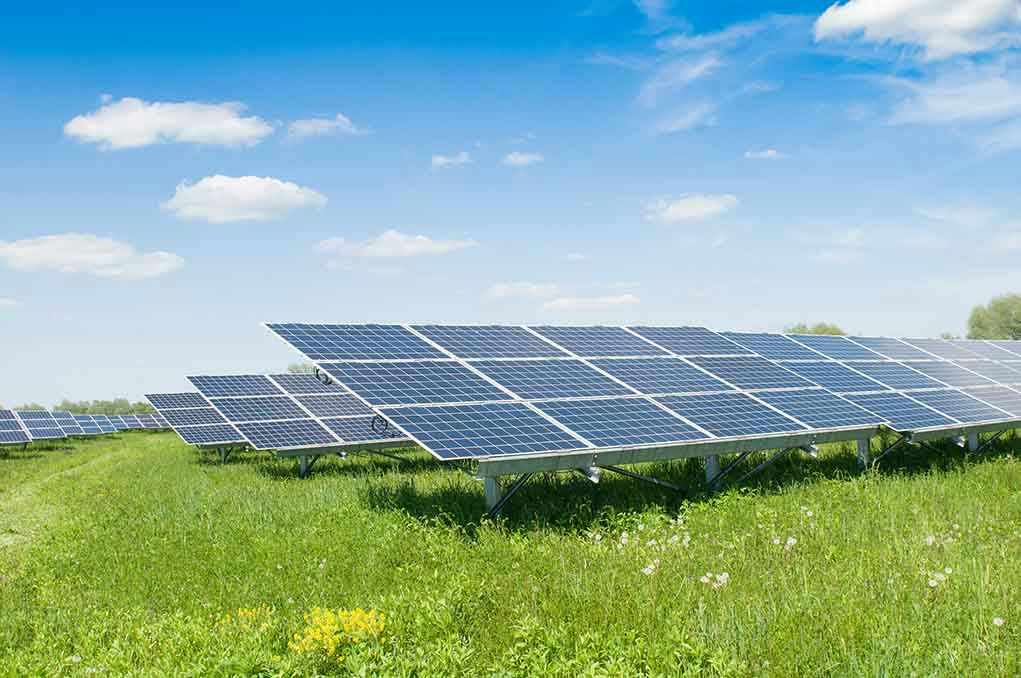
California’s $2.2 billion Ivanpah Solar Power Plant is shutting down, exposing the costly failures of leftist green energy policies and igniting debate over wasteful government intervention.
Story Snapshot
- The Ivanpah Solar Power Plant will begin partial shutdown in early 2026 after years of financial, technological, and environmental problems.
- The plant’s closure is widely viewed as a symbol of California’s flawed renewable energy agenda and government mismanagement.
- Critics cite underperformance, wasted taxpayer money, and wildlife harm as evidence of policy failure.
- The shutdown accelerates industry shift from concentrated solar power (CSP) to cheaper, more efficient photovoltaic (PV) solar technology.
Ivanpah’s Closure Signals Failure of California’s Green Energy Strategy
Ivanpah Solar Power Plant, once touted as a cornerstone of California’s renewable ambitions, will begin deactivation and decommissioning in early 2026. The $2.2 billion facility in the Mojave Desert was built with heavy federal support but has consistently failed to deliver its promised energy output. The closure comes after utility giant PG&E terminated its power purchase agreement, citing high costs and persistent underperformance. Many see this as a cautionary tale about government-driven energy projects that ignore economic and technical realities.
The plant’s environmental impacts have sparked fierce debate from its earliest days. Ivanpah’s use of 173,500 heliostats to concentrate sunlight resulted in significant wildlife harm, including bird deaths and habitat disruptions. Environmental groups, originally supportive of renewable energy, raised concerns about the toll on desert species. These issues, coupled with the rise of cheaper PV solar technology, made concentrated solar power less viable and further exposed the shortcomings of California’s planning.
Stakeholders and Power Dynamics Behind the Shutdown
Ivanpah was developed by NRG Energy, BrightSource Energy, and Google, with critical backing from the U.S. Department of Energy. Utility companies like PG&E and Southern California Edison relied on the plant to meet renewable portfolio standards, while federal agencies promoted clean energy innovation. However, as costs soared and technology lagged, utilities gained leverage to renegotiate or terminate contracts. Environmental advocates influenced public scrutiny, while policymakers faced mounting pressure over misallocated taxpayer resources. The shutdown underscores how complex relationships and poor oversight can derail ambitious projects.
Decision-makers such as NRG and BrightSource executives, utility regulators, and federal agencies played pivotal roles throughout Ivanpah’s troubled history. Their motivations ranged from seeking technological leadership and financial returns to balancing environmental protection. Ultimately, failed promises and regulatory missteps led to the unraveling of California’s flagship solar experiment.
Economic, Environmental, and Political Fallout for California
The shutdown of Ivanpah has immediate and long-term impacts for California’s energy grid, taxpayers, and local communities. Loss of renewable capacity may affect utility rates and reliability, while financial losses hit investors and taxpayers hard. The event has intensified political scrutiny of California’s renewable policies, fueling debates about government waste and misguided environmental priorities. Socially, communities near the Mojave Desert must grapple with habitat restoration, while the broader industry accelerates its shift toward PV solar and reevaluates large-scale project oversight.
😂🤣Solar Plant Closure Is Latest Sign California’s Green Agenda Isn’t Working
It will become a monument to ineptitude and government waste.https://t.co/j9aOUz7N6b— rcar (@car_done) October 1, 2025
Expert commentary points to Ivanpah’s closure as clear evidence of concentrated solar power’s economic and technical limitations. Environmental scientists emphasize the plant’s harmful effects on wildlife, while energy economists highlight market forces driving the transition to more efficient solar solutions. Critics argue the shutdown exposes the dangers of government-driven green initiatives that neglect common sense and fiscal responsibility. Supporters of innovation note that technological evolution is inevitable, but warn that future projects must be grounded in rigorous evaluation and adaptive policy.
Sources:
Ivanpah solar plant along I-15 to partially shut down
Ivanpah Solar Power Facility – Wikipedia
Solar Plant Closure Is Latest Sign California’s Green Agenda Isn’t Working














